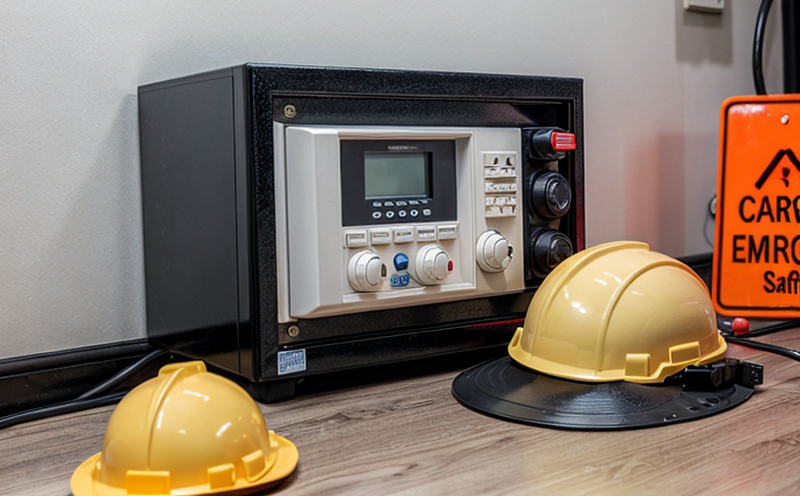ISO 11908 Crash Survival Beacon Testing
The ISO 11908 crash survival beacon test is a critical component of aerospace and aviation safety standards. This test ensures that emergency beacons are capable of functioning under the extreme conditions encountered in an aircraft accident, including high temperatures, immersion in water, and mechanical impacts.
ISO 11908 specifies the requirements for crash survival beacons fitted to civil aircraft for use during emergencies. It mandates tests to assess the beacon's ability to operate safely after a simulated crash scenario. The test is divided into several stages that simulate real-world conditions, such as high-temperature exposure and immersion in water.
The testing procedure involves placing the beacon under controlled conditions designed to replicate the stresses it might encounter during an accident. These tests are crucial for ensuring that the beacon can emit a signal reliably, providing critical information that can aid in rescue efforts. The beacon must also meet stringent standards for durability and reliability, ensuring that it remains operational even after exposure to severe environmental stress.
The ISO 11908 test is part of a broader suite of safety measures designed to protect passengers during emergencies. It complements other critical tests such as those for fire extinguishers and emergency evacuation systems. By ensuring the reliability and functionality of crash survival beacons, this testing contributes significantly to overall aviation safety.
| Parameter | Description | Acceptance Criterion |
|---|---|---|
| High-Temperature Exposure | The beacon is exposed to a temperature of 500°C for one hour. | No damage or functional impairment. |
| Water Immersion | The beacon is submerged in water for four hours at 30°C. | No loss of functionality due to water ingress. |
| Impact Testing | The beacon undergoes a mechanical impact test equivalent to a 20 G force. | No damage or functional impairment. |
Why Choose This Test
The ISO 11908 crash survival beacon test is essential for ensuring the safety and reliability of emergency beacons used in civil aviation. By choosing this service, organizations can demonstrate their commitment to regulatory compliance and passenger safety.
- Ensures adherence to international standards
- Reduces risk of accidents
- Enhances public confidence in aviation safety measures
- Facilitates easier certification processes
- Achieves peace of mind for passengers and stakeholders
Environmental and Sustainability Contributions
The ISO 11908 crash survival beacon test plays a crucial role in enhancing environmental sustainability by ensuring that emergency beacons are robust enough to function effectively even under extreme conditions. By reducing the likelihood of beacon failure, this testing helps minimize the potential for unnecessary distress signals and false alarms.
Furthermore, the durability and reliability ensured by this testing contribute to longer operational lifespans of these devices. This reduces the frequency of replacements and associated waste, promoting a more sustainable approach to aviation safety equipment.
Use Cases and Application Examples
- Airlines ensuring compliance with international standards
- Certification of emergency equipment for new aircraft models
- Equipment manufacturers validating product performance
- R&D teams innovating safer aviation technologies
- Procurement departments verifying supplier capabilities





